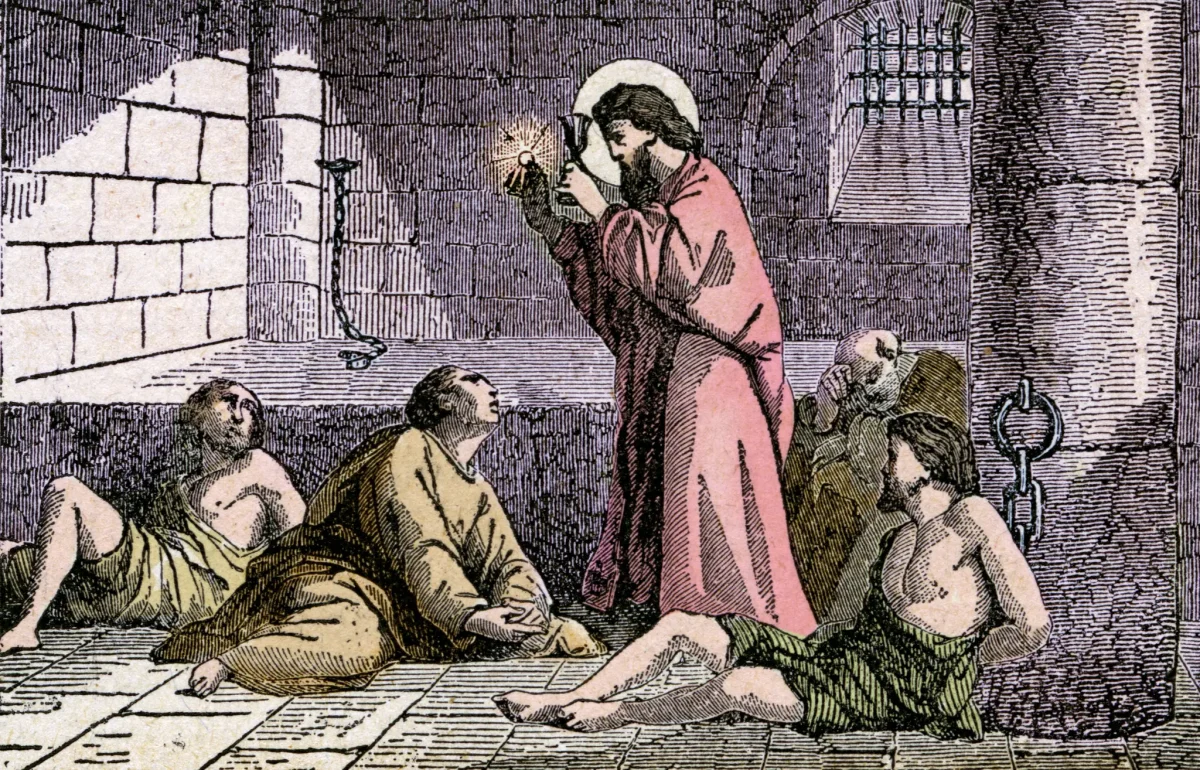Historic Women You’ve Never Heard of
Audre Lorde
Audrey Lorde was born February 18, 1934, and was the youngest of four children. She grew up in Manhattan with her parents who were immigrants from Grenada. She attended high school at Hunter High School.
An English teacher rejected one of her poems, so she submitted it to Seventeen Magazine, and it became her first professional publication. After she graduated, she worked several jobs before going to the National University of Mexico in Cuernavaca, where she studied for a year. That’s when she grew out of her shell and became more confident about identifying as a lesbian and poet.
She later became a librarian for New York City public schools from 1961-1968. Lorde then got married in 1962 to a gay man with whom she had two children, and then they divorced in 1970.
In the 1960s Lorde started publishing her poetry and anthologies. She also had a hand in the civil rights, anti-war, and women’s liberation movements. Through her works she has spoken on sexism, racism, and violence, An example of her work is a poem called “Martha,” which speaks on her lesbianism.
In 1977, she was diagnosed with breast cancer. While going through treatment, she found the treatment and mastectomy were masked in silence for women. Lorde felt that the treatment and care she was going through were only for white straight women. In 1980, She ended up writing a book about her journey with breast cancer called Cancer Journals. In 1992 she passed away due to her cancer returning.
Marsha P. Johnson
Born in 1945, Marsha P. Johnson, originally born Malcolm Michaels Jr was a black transgender woman. She is best known for the hand she had in the Stonewall riot of 1969, which is considered the largest spark of LGBTQ+ activism ever.
She started cross-dressing at the age of five. So, growing up she experienced a lot of discrimination from her family. Once Johnson graduated from high school, she moved to New York with a bag of clothes and $15. She found a small LGBTQ+ community in which she took shelter. Johnson became a celebrity in the community because of her confidence to wear outlandish hats and beautiful jewelry. She was very fearless and bold.
At the age of 23, Johnson and her friend Sylvia Rivera co-founded STAR (the Street Transvestite Action Revolutionaries.) They both became leaders in the community, specifically helping homeless transgender youth. These individuals helped shelter, clothe, and feed homeless LGBTQ+ people in New York City, Chicago, California, and England for some years in the 1970s. On July 6, 1992, Marsha P. Johnson was found in the Hudson River off the West Village Piers.
Wilma Mankiller
On November 18, 1945, in Tahlequah, Oklahoma, Wilma Mankiller was born. She was well known for the work and dedication she devoted to her Native American tribe, the Cherokee Nation.
Mankiller was a descendant of the Cherokee Native Americans, one of the native tribes that were forced to leave their homes in the 1830s. She was also mixed with Dutch and Irish heritage. She fought to improve the healthcare, education system, and government and became the first female chief of the Cherokee nation.
In the 1950s, her family moved to San Francisco, California, hoping to find a better life and environment.. She started doing volunteer work for the American Indian Movement protest at Alcatraz Island in 1969, which inspired her passion for helping her tribe.
At the young age of 17 in 1963, she got married to her first husband Hector Hugo Olaya de Bardi, who was a California accountant. They got married on November 13, 1963 in Reno, Nevada. They later had two children: Felicia Olaya, born in 1964, and Gina Olaya, born in 1966. In 1970, after she divorced her first husband, she moved back to Oklahoma in the eastern part of the state.
Being so passionate about her tribe, she started working for the government of the Cherokee Indian nation as a program developer and tribal planner. In 1983, she ran for Deputy Chief and won, serving in the position for two years. In 1985, she ran for the tribe’s Principal Chief, and made history by being the tribe’s first woman to serve in that role.
Mankiller then married her spouse, Charles L. Soap, in October 1986. She met him while working in a small community called Bell. She remained Principal Chief for two full terms but she decided not to do a 3rd term in 1995.
After leaving, she still led her people through challenging times for more than 20 years. She also taught at Dartmouth College in New Hampshire. This great spirit, unfortunately, died on April 6, 2010. When President Barack Obama found out of her passing, he issued a statement saying “As the Cherokee Nation’s first female chief, she transformed the nation-to-nation relationship between the Cherokee Nation and the federal government, and served as an inspiration to women in Indian Country and across America,” he stated. “Her legacy will continue to encourage and motivate all who carry on her work.”
Grace Lee Boggs
In Rhode Island June 27, 1915, a great activist was born. She was the daughter of Chinese immigrants. She had experienced discrimination at a very young age ,especially considering the time she grew up in. This made her notice that there needed to be some type of change made to the United States.
When she was eight she moved to New York City and discrimination was even worse. She began studying at Barnard College in Manhattan at the age of 16 years old, being only one of three students of color. In 1935, she graduated with her Bachelor’s in Philosophy and went on to get her Ph.D. in philosophy from Bryn Mawr College in Pennsylvania.
When she applied for jobs, she would be denied because of her gender and ethnicity. She did eventually end up getting a job at the University of Chicago’s Philosophy library, but she only got a $10 weekly stipend. She wasn’t able to afford rent, and she lived in a rat-infested basement rent-free.
During her doctoral studies, she was interested in the work of Georg Wilhelm Friedrich Hegel, Immanuel Kant, Karl Polanyi, and Karl Marx. Their theories inspired her fight against social inequality, as she began her activism when she joined the movement for tenants’ rights, and then the Workers Party, a splinter group of the Socialist Workers Party. She believed that by working together in small groups positive social change was possible with the help of civil disobedience.
Boggs supported the Black Power movement, feminism, and more. Her activism was mostly concentrated in Detroit, Michigan, which is where she met her black husband, James Boggs, an auto worker. Both James and Grace Boggs were involved in the civil rights and Black Power movements. According to nps.gov “When Malcolm X visited Detroit, he stayed at their home. Grace Lee Boggs even tried to convince him to run for the U.S. Senate in 1964.”
In 1992, the Bogg’s founded Detroit Summer, a community movement that involved bringing people of all races, cultures, and ages to recreate Detroit. Until the age of 95 years old, Grace wrote columns in Michigan Citizens that promoted civic reforms. In 2013, Boggs established a school named after her and her husband. Sadly, months after her 100th birthday in 2015, she passed away on 0ctober 5, 2015.
Your donation will support the student journalists of Putnam City North High School. Your contribution will allow us to purchase equipment and cover our annual website hosting costs.


































